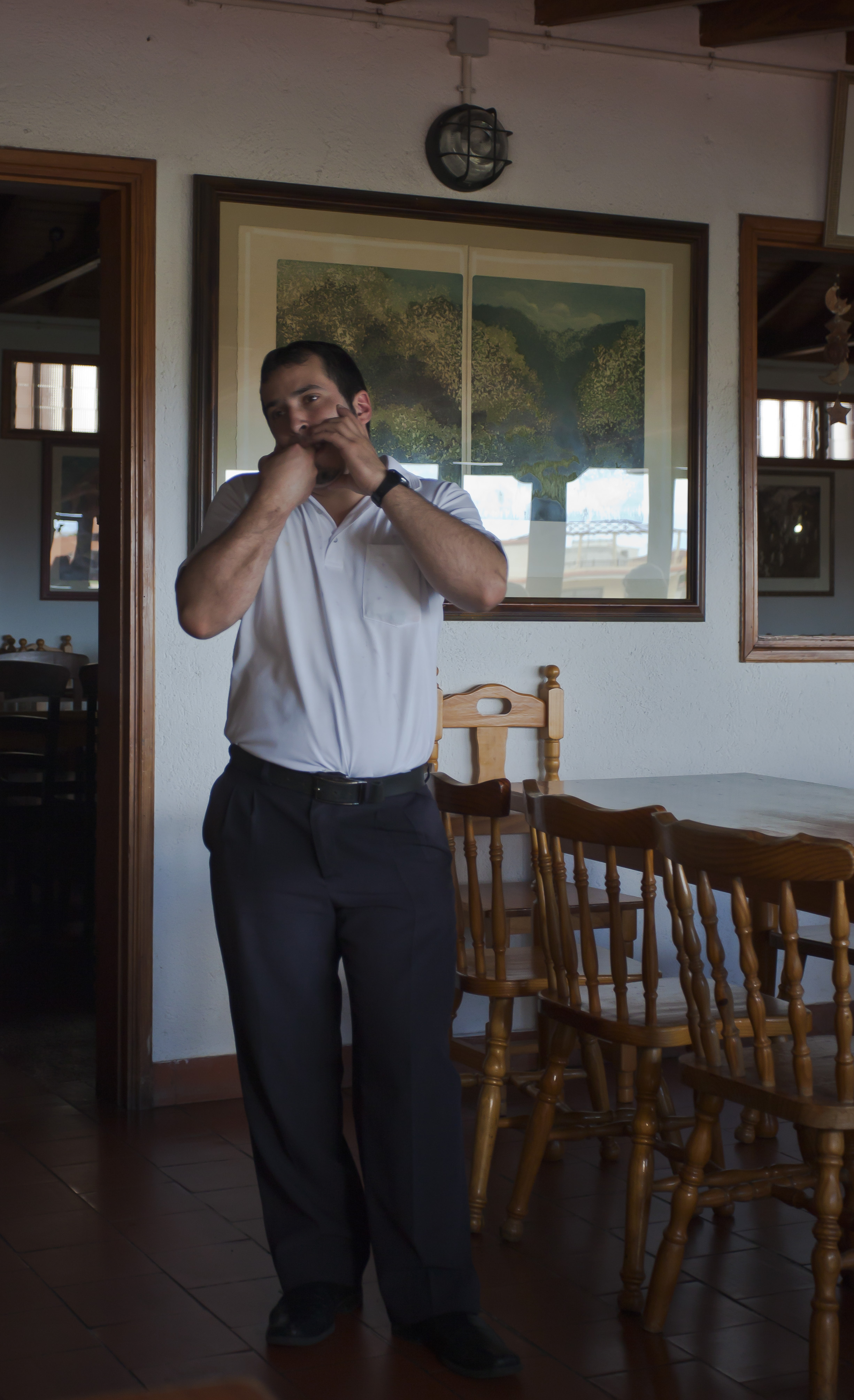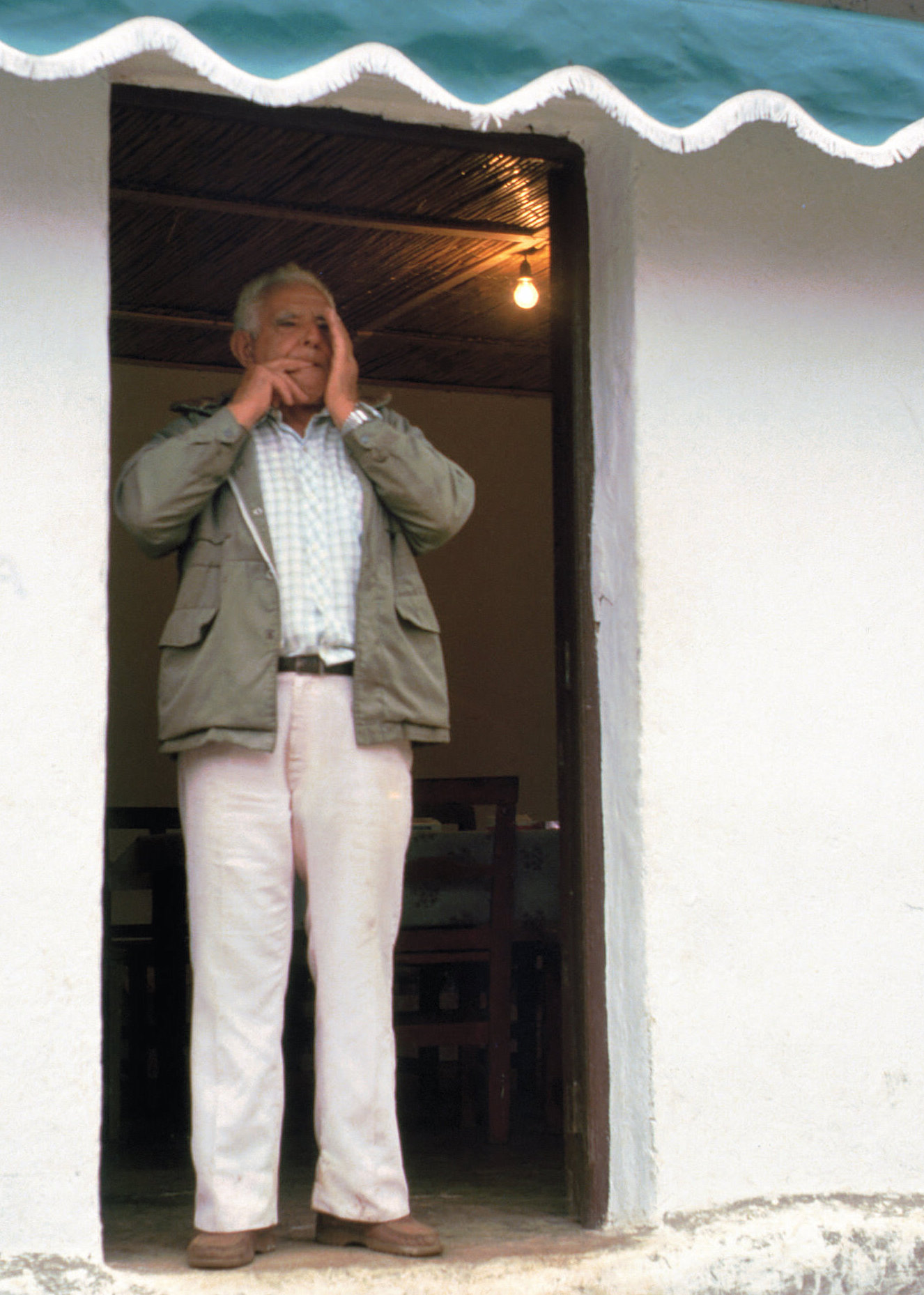High above volcanic ravines in Spain’s Canary Islands, a piercing note skips across the air where words would be swallowed by wind. This is Silbo Gomero, a whistled register of Spanish that turns syllables into melodies precise enough to carry full conversations. For centuries it solved a rugged problem: how to communicate from one cliffside to another when paths were slow and storms were loud. Today, scientists are probing its acoustics and its neural footprints, and educators are keeping it alive in classrooms. What emerges is more than a cultural treasure; it’s a living laboratory for how humans bend physics, language, and memory to fit the landscape.
The Hidden Clues

Stand on La Gomera’s terraced hills and you’ll notice how sound behaves like water, funneling down gullies and ricocheting off basalt walls. Islanders learned to ride those echoes, shaping whistles that leap far beyond the range of ordinary speech. The result is a code that compresses Spanish phonemes into crisp, long-distance signals without losing meaning in the noise.
Silbo is not a separate language so much as a brilliant re-instrumentation of one, the way a violin can carry the same melody as a voice. Farmers once traded news across valleys, herders guided work, and families shared urgent updates when paths were washed out. The clues to its endurance hide in the island’s geology, where steep gradients reward a message that can fly.
From Ancient Echoes to Modern Science

While the origin story reaches back to early settlers and pastoral life, the modern chapter belongs to teachers, field linguists, and acoustic engineers. Local schools include instruction so children can hear, produce, and interpret the whistles with confidence. That intergenerational pipeline has transformed Silbo from a fading rural tool into a robust subject of scientific study.
Researchers record whistlers on ridgelines and in anechoic chambers to separate landscape from signal. They analyze spectrograms to map how vowels and consonants emerge as frequency bands and modulations. With that data, they test theories about redundancy, error correction, and how humans design communication systems to beat distance and distortion.
How a Whistle Becomes a Sentence

Technically, Silbo reshapes spoken Spanish into a tighter set of acoustic cues: pitch tracks and transitions that stand in for vowels and consonants. Whistlers use lip position, tongue placement, and hand amplification to sculpt a line of sound that stays bright over long spans. Because high-frequency energy carries cleanly, a well-aimed phrase can cross ravines that would devour normal speech.
Context does heavy lifting, just as it does in fast radio chatter or noisy train stations. Whistlers anticipate common names, places, and routines, so a contour with ambiguous segments still lands on the right meaning. In favorable weather, trained practitioners can exchange complex instructions with a clarity that feels almost improbable until you hear it.
Inside the Listening Brain

Neuroscientists have asked a deceptively simple question: when the ear gets a whistle that behaves like language, does the brain treat it as speech? Imaging studies with fluent Silbo users show activation in classic language networks associated with parsing structure and meaning, not just generic sound processing. In other words, the brain recognizes the linguistic intent embedded in the whistles.
That finding reframes how flexible our language system is, suggesting it keys in on patterned information rather than on any particular carrier like voiced air. It also hints at training-driven plasticity: non-whistlers often hear Silbo as musical ornament, while experienced listeners decode it as sentences. The shift from melody to message happens in the cortex, where habit and expectation sharpen perception.
Global Perspectives

La Gomera is not alone in the art of whistled speech, though it is the most internationally recognized. Communities from the mountains of Mexico to the Black Sea region of Turkey have devised similar systems that ride the physics of their home terrain. Each version maps local language sounds into whistles using rules tuned to distance, vegetation, and social use.
Comparing these systems gives linguists a natural experiment in parallel innovation. Some emphasize tone; others lean on rhythm or abrupt transitions to encode contrasts. What unites them is an elegant trade-off between simplicity and expressiveness, proving that human communication is as ecological as it is cultural.
The Future Landscape

Digital tools are catching up to the valley-born ingenuity of Silbo. Portable recorders and open acoustic toolkits make it easier to document teaching methods, dialectal quirks, and performance styles across generations. Machine-learning models trained on whistle corpora are beginning to separate signal from wind, potentially enabling automatic transcription or education apps.
But technology is not a cure-all: authenticity, community control, and respectful tourism will decide what thrives. Climate shifts may alter soundscapes as vegetation and wind patterns change, challenging long-distance fidelity. The smartest path blends innovation with local stewardship, with islanders leading design choices from curriculum to data ownership.
Call to Action

If you’re inspired, start by listening – really listening – to how landscapes shape the messages people craft. Seek out museum programs, school-led demonstrations, or cultural initiatives that center local practitioners, and support projects that archive techniques with community consent. When you travel, choose guides and experiences that invest back into education on the island rather than extracting novelty.
Educators and technologists can partner with Gomero teachers to co-create open lesson plans and ethical datasets that keep control in local hands. Researchers can share accessible summaries in Spanish and English so island families see their expertise reflected in the science. Your curiosity, channeled into attention and support, helps ensure the next high note still carries a meaningful message across the wind.
Sources:
UNESCO Intangible Cultural Heritage listing on Silbo Gomero.
Peer‑reviewed neuroscience studies on whistled speech processing, including work by Manuel Carreiras and collaborators.

Suhail Ahmed is a passionate digital professional and nature enthusiast with over 8 years of experience in content strategy, SEO, web development, and digital operations. Alongside his freelance journey, Suhail actively contributes to nature and wildlife platforms like Discover Wildlife, where he channels his curiosity for the planet into engaging, educational storytelling.
With a strong background in managing digital ecosystems — from ecommerce stores and WordPress websites to social media and automation — Suhail merges technical precision with creative insight. His content reflects a rare balance: SEO-friendly yet deeply human, data-informed yet emotionally resonant.
Driven by a love for discovery and storytelling, Suhail believes in using digital platforms to amplify causes that matter — especially those protecting Earth’s biodiversity and inspiring sustainable living. Whether he’s managing online projects or crafting wildlife content, his goal remains the same: to inform, inspire, and leave a positive digital footprint.


